Tradescantia sillamontana variegata, Variegated Cobweb Spiderwort
Original price was: ₹599.00.₹199.00Current price is: ₹199.00.
2 in stock
Size: Single Plant | 2.5″ Pot Included
Tradescantia sillamontana variegata, also known as Variegated Cobweb Spiderwort, White Velvet Plant, or Teddy Bear Vine, is a popular houseplant known for its unique velvety leaves with striking green, cream, and pink variegation. It’s a relatively low-maintenance plant, making it a good choice for beginners.
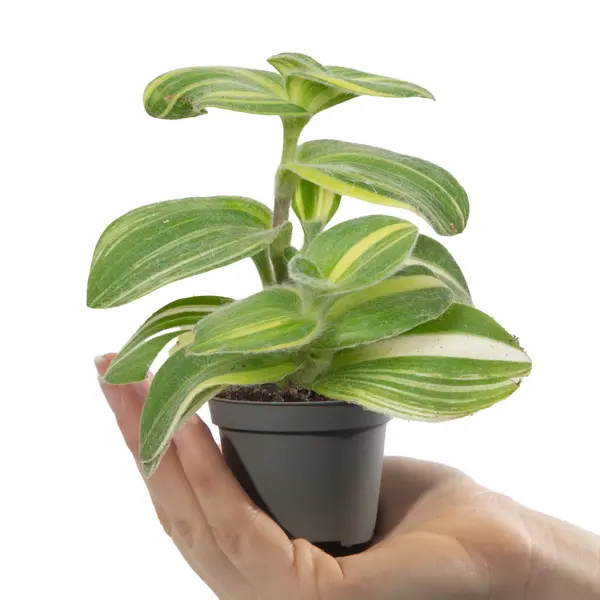
Here’s a comprehensive guide to caring for your Tradescantia sillamontana variegata:
1. Light:
- Bright, indirect light is ideal. This will help maintain the vibrant variegation and prevent the plant from becoming leggy.
- It can tolerate some direct morning sun, but avoid harsh afternoon sun, which can scorch the delicate leaves.
- If the variegation starts to fade, it might not be getting enough light. If leaves are burning, it’s getting too much direct sun.
2. Watering:
- As a succulent-like plant, Tradescantia sillamontana is drought-tolerant and sensitive to overwatering.
- Allow the top 1-2 inches of soil to dry out completely between waterings.
- Water thoroughly until water drains from the bottom of the pot.
- Reduce watering frequency in winter when the plant’s growth slows down.
- Overwatering is the most common cause of root rot in this plant.
3. Humidity:
- Tradescantia sillamontana variegata adapts well to normal room humidity.
- While it can tolerate lower humidity, moderate to higher humidity will create a fuller, happier plant.
- You can increase humidity by:
- Placing a pebble tray with water beneath the pot (ensure the pot isn’t sitting directly in the water).
- Grouping plants together.
- Using a room humidifier.
- Misting occasionally, but be mindful of the fuzzy leaves; excessive moisture on the foliage can lead to issues.
4. Soil:
- Well-draining potting mix is crucial to prevent water retention and root rot.
- A mix formulated for succulents or cacti is excellent.
- A good homemade mix could include:
- Regular potting soil
- Coarse sand
- Perlite or pumice (in equal parts)
- Adding organic matter like well-rotted compost or worm compost can improve nutrient content and soil structure.
5. Temperature:
- This plant prefers moderate temperatures, ideally between 15-27°C (60-80°F).
- Protect it from cold drafts and extreme temperature fluctuations.
- It is winter hardy in zones 10-12 and should be brought indoors if temperatures drop below 10°C (50°F).
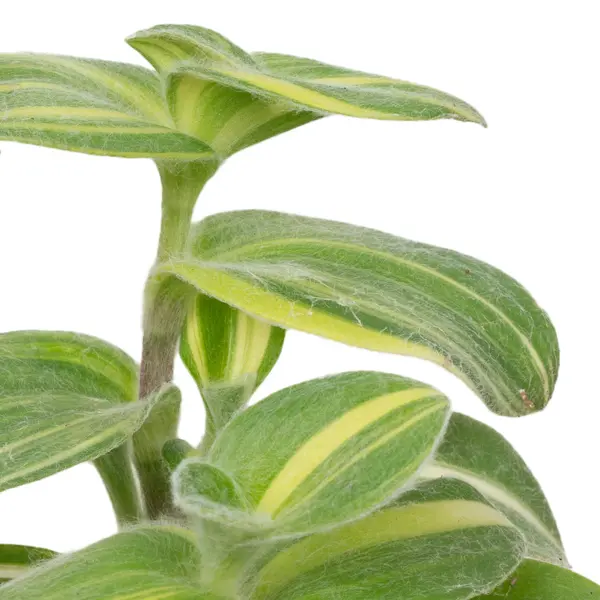
6. Fertilization:
- During the growing season (spring and summer), you can fertilize monthly with a balanced, diluted liquid houseplant fertilizer.
- Alternatively, a slow-release fertilizer can be incorporated into the potting mix.
- It’s better to under-fertilize than over-fertilize, as this plant can thrive with minimal feeding if other needs are met.
- Always water the plant before fertilizing to prevent root burn.
7. Pruning:
- Prune regularly to maintain shape and encourage bushier growth.
- Pinching back the tips will promote a denser habit.
- After flowering, cutting back the plant can encourage a second bloom and prevent self-seeding.
- Remove any dense, diseased leaves or old stems to ensure good air circulation.
8. Propagation:
- Tradescantia sillamontana variegata is very easy to propagate, primarily by stem cuttings.
- Water propagation:
- Take a stem cutting that is at least 4-6 inches long with several leaves.
- Remove the lower leaves so that the nodes (where leaves were attached) are bare.
- Place the cutting in a container of clean water, ensuring the nodes are submerged.
- Change the water every few days. Roots typically form quickly (within 1-2 weeks).
- Soil propagation:
- Take stem cuttings as above.
- Plant the cuttings directly into a well-draining potting mix, ensuring a few nodes are buried.
- Keep the soil consistently slightly damp until roots establish.
- You can also try layering, where you bend a healthy stem down to the soil surface, cover it with soil, and once roots form, cut it from the mother plant.
9. Pests and Diseases:
- Monitor for common houseplant pests like aphids, spider mites, thrips, and mealybugs.
- Root rot can occur from overwatering.
- Leaf scorch can result from too much direct sun.
10. Toxicity:
- Be aware that Tradescantia sillamontana is toxic to humans and pets if ingested. Keep it out of reach of children and pets.
- Handling the plant can also cause skin redness and irritation, so wearing protective gloves is recommended.
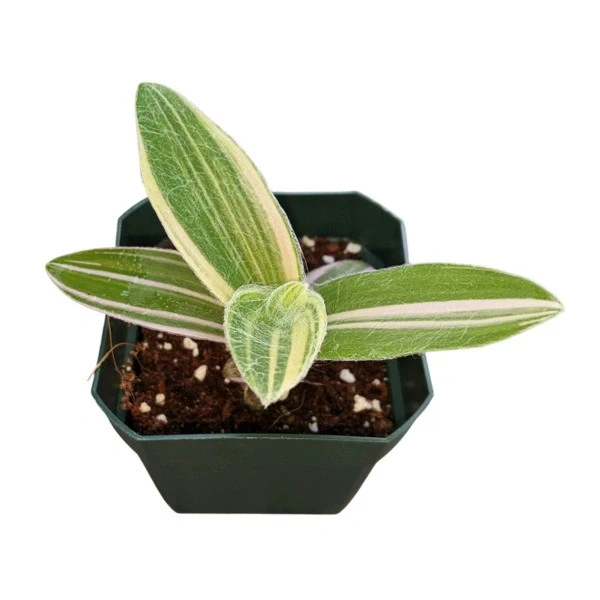
With its beautiful variegated foliage and relatively easy care, Tradescantia sillamontana variegata makes a charming addition to any indoor plant collection, especially in hanging baskets or as a trailing plant.
Only logged in customers who have purchased this product may leave a review.

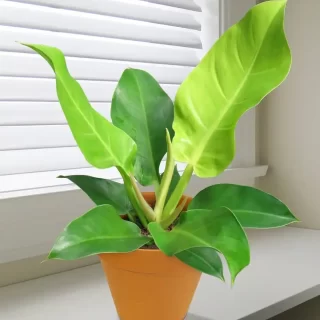
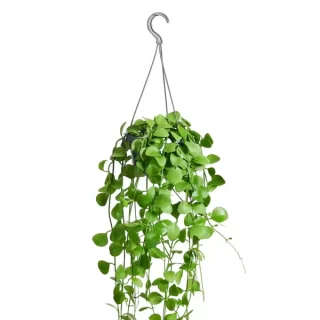
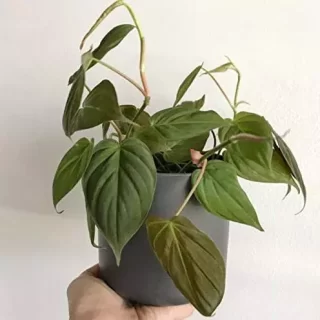
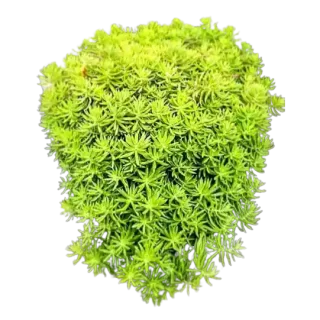
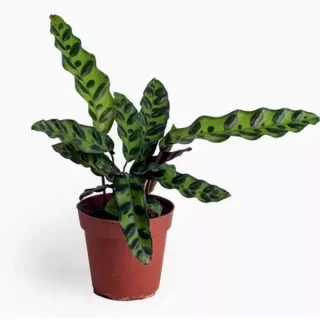
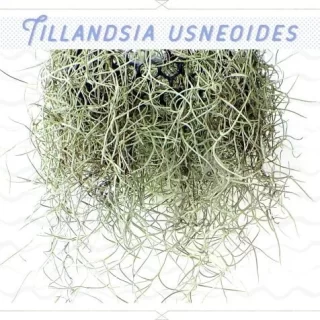
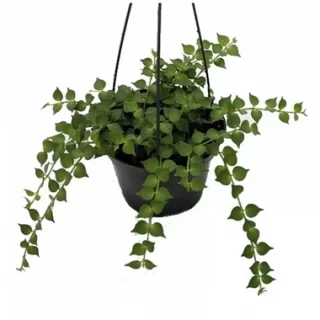
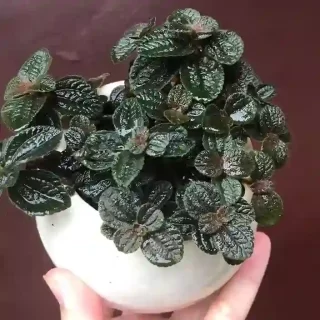
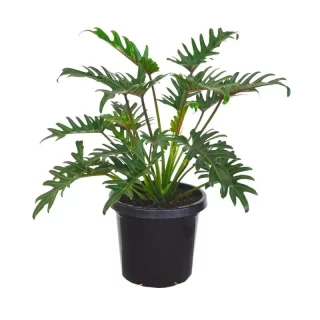
 If you need any assistance, I'm always here. Have you found what you were looking for?
If you need any assistance, I'm always here. Have you found what you were looking for?
Reviews
There are no reviews yet.